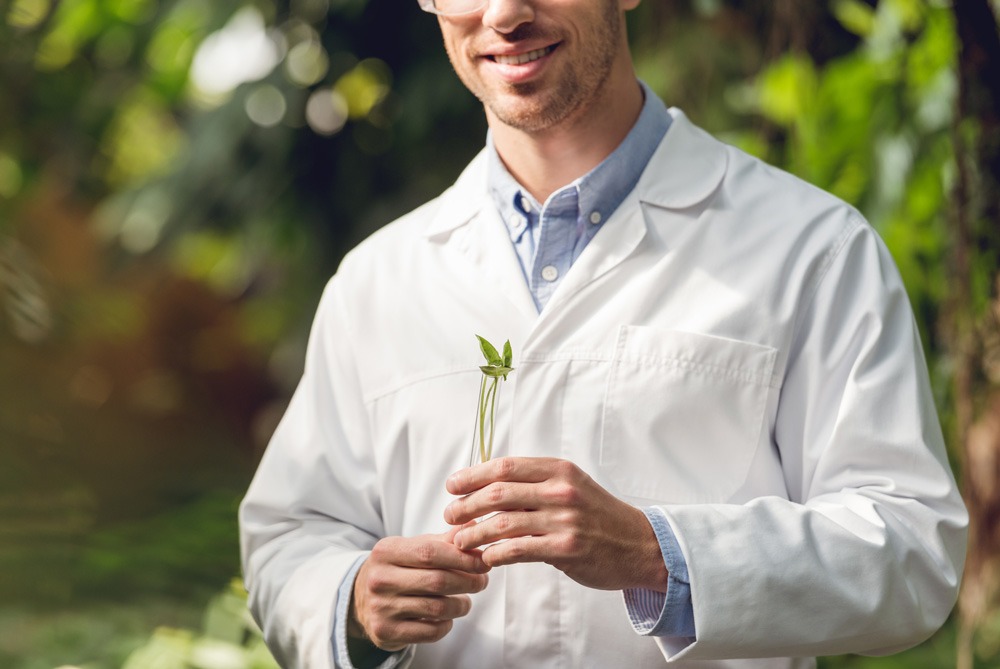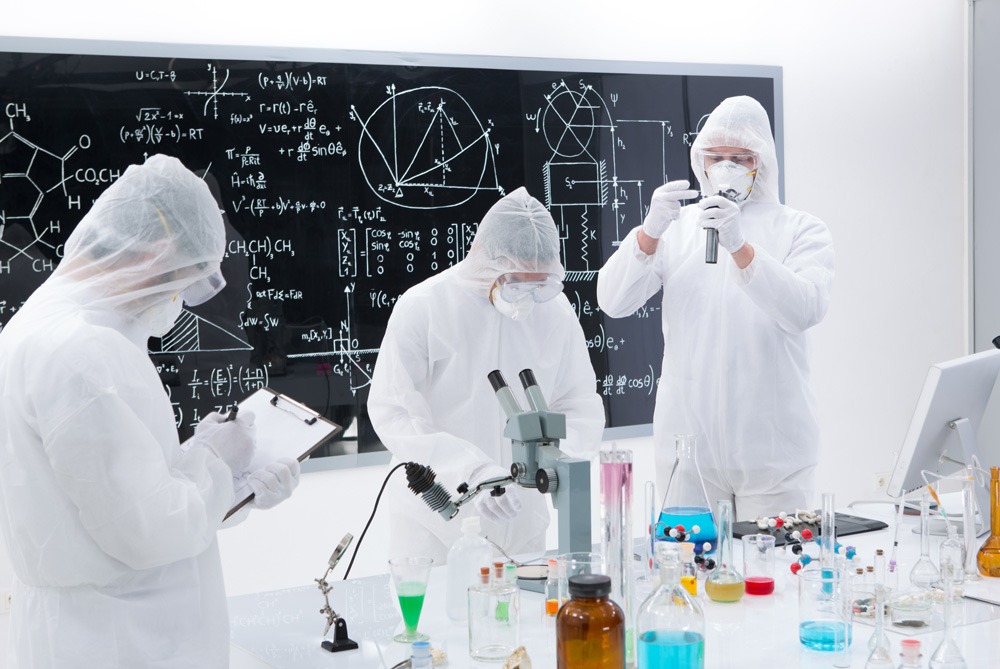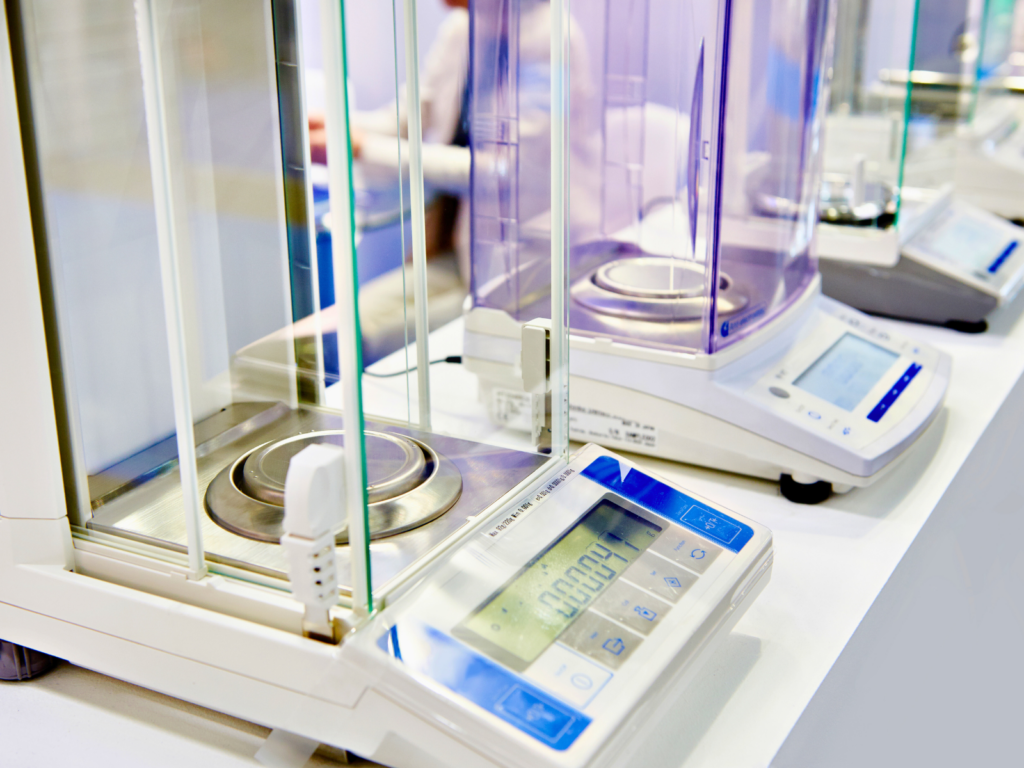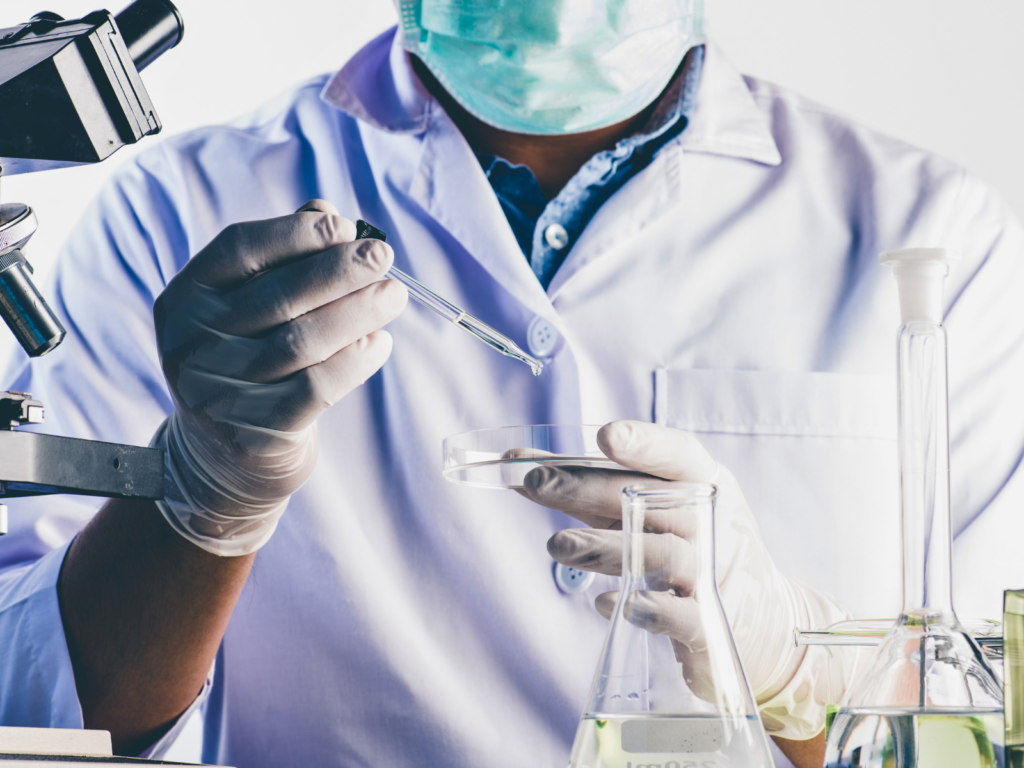Metrology in the World of Environmental Science
Environmental science is a growing interdisciplinary field that integrates physical, biological, and information sciences.
Environmental science focuses not only in studying Earth’s environment but also in finding solutions to the world’s most pressing environmental problems. As such, it’s application and importance in today’s society are of the utmost importance.
We’re shedding light on Metrology in Environmental Science and its role in solving global warming by providing quality calibration, testing, and certification services.

Environmental Instrumentation
Earth’s system is affected by both natural and human-induced changes. These can occur anywhere from the planet’s interior, to its landmasses, oceans, and atmosphere. Therefore, to understand and adequately respond to these changes, observations must be collected from the land, sea, air, and space.
Given the scope of study scientists and environmental labs rely on the use of sophisticated instrumentation, including:
- Balances and Scales
- Test Weights
- pH Meters
- Conductivity Meters
- O2 Meters
- Chlorine Meters,
- Temperature Monitoring Equipment
- Air Monitoring Equipment
- Pipettes
- Gas Chromatographs
- Liquid Chromatographs
- Ovens, and
- Spectrophotometers
Environmental labs on Earth, test water both surface and underground for various contaminants, both human-made and naturally occurring.
They also look for and collect airborne solids using air filters that are weighed and then weighed back after a specific amount of time. Through chromatography and spectrophotometry, they can determine the volume and type of particulates on the air filters and in the water samples.
The environmental lab on the International Space Station (ISS), on the other hand, takes advantage of its low-Earth orbit to collect details of any changes in glaciers, agricultural fields, coral reefs, and cities. The information collected is then compared to other sources of data including that of orbiting satellites.
Data collected from both Earth and space provides scientists with a broader view of the environmental problems we face and helps them come up with potential solutions.
Measurement Continuity
One of the most significant challenges environmental scientists face is their ability to identify long-term trends of small magnitude. As an example, during the course of a day (24-hours), scientists may see temperature variations of up to 20°C. These fluctuations make it difficult to extract all the signal “noise” so they can identify a change of 1°C over a period of a few decades.
To further complicate matters, there are millions of measurements conducted daily from different research facilities from around the world. Moreover, these measurements cover some 50 essential climate variables, and the extraction techniques also vary from satellite sensing to surface measurements.
Scientists require data that is both consistent and meaningful. The required quality is only possible by making measurements that are fully traceable to SI units, ensuring the stability of readings over long-time scales, coupled with known, well-characterized, and appropriately low measurement uncertainty.
Allometrics – When Measurements Matter!
Top Rated ISO 17025 Accredited Calibration Company Since 1976.
• NIST traceable calibration
• Climate-controlled Calibration Lab
• Test & Certification
• Equipment Sales

Environmental Tests from Space and Its Instrumentation Challenge
In 2005, the NASA Authorization Act designated the US segment of the International Space Station (ISS) as a National Lab.
From this vantage point, NASA and other international agencies currently run missions aimed to understand the Integrated Earth system in an attempt to address pressing societal needs, including weather and climate prediction, the impacts of climate change, study the health of ecosystems, and set up strategies for adaptation and protection from natural hazards.
Additionally, instruments aboard satellites measure variables such as total irradiance, total column and vertical profile of ozone, as well as global temperatures in the lower atmosphere. These instruments pay attention to issues of calibration and bias, uncertainty, and repeatability, which enable the development of consistent, global time-series.
Instruments placed on satellites as well as those used in the National Lab aboard the ISS present a difficult challenge for the development of long-term, well-calibrated time series because unlike the instruments used for measurement on Earth, those in space once in orbit are no longer able to receive regular laboratory calibration and characterization.
For satellite climate applications to be successful, a strategy to provide an essential characterization of measurements, repeatability, time and space sampling, and data systems is required. Since calibration labs are not available in space, the best solution to this predicament is to send copies of instruments that can provide characterization cross-comparisons and validation. This solution helps to reduce costs and safeguards the integrity of long-term data collection.
Stable and reproducible measurement standards are essential to understanding and finding solutions to global climate change issues that impact us all.
Allometrics has supported environmental agencies, universities, and research facilities in their plight to solve global warming by providing quality calibration, testing, and certification services for over forty years.
If you are interested in more information on Metrology in Environmental Science, have any questions about our Services or would like a Free Quote, please feel free to Contact Us.







